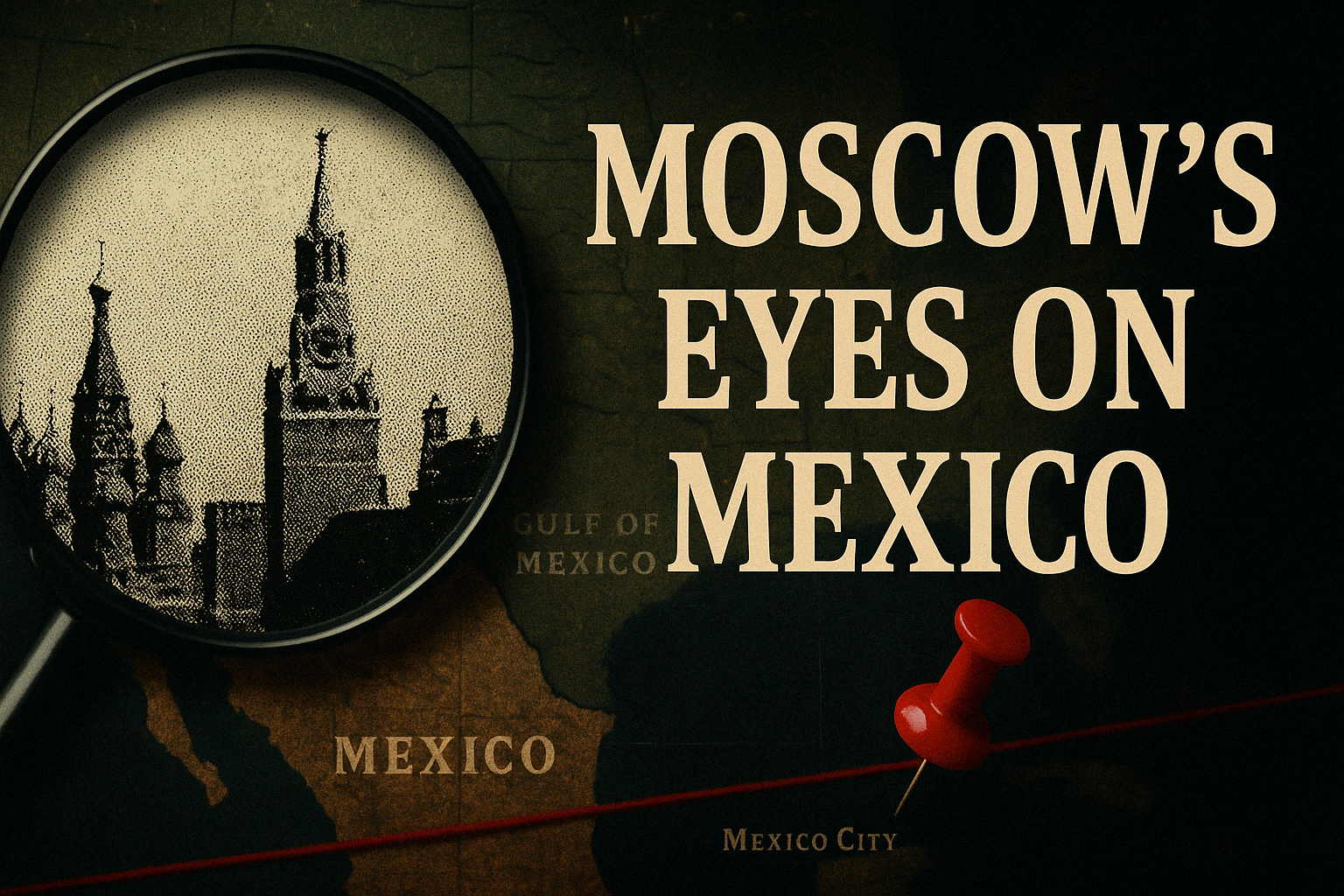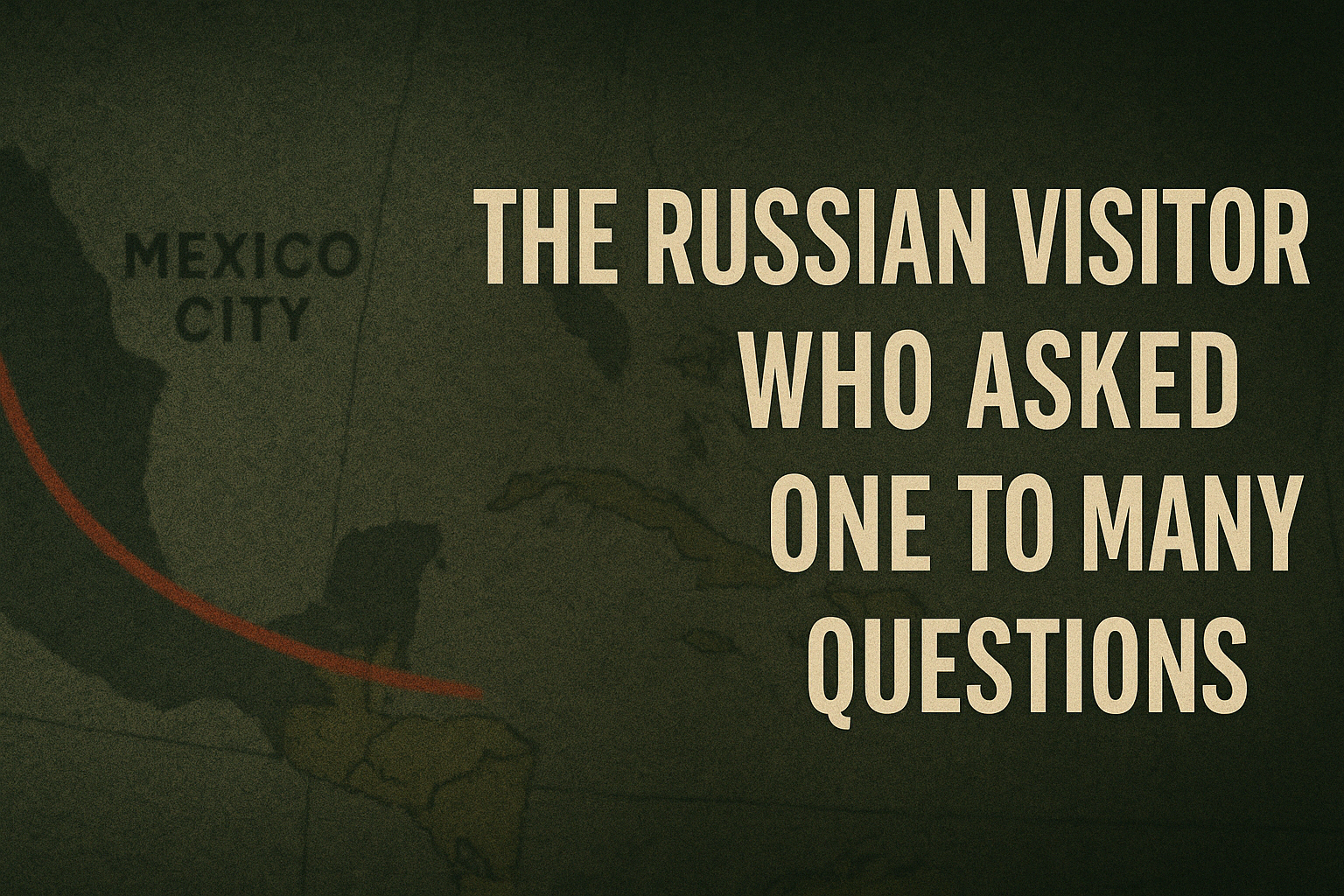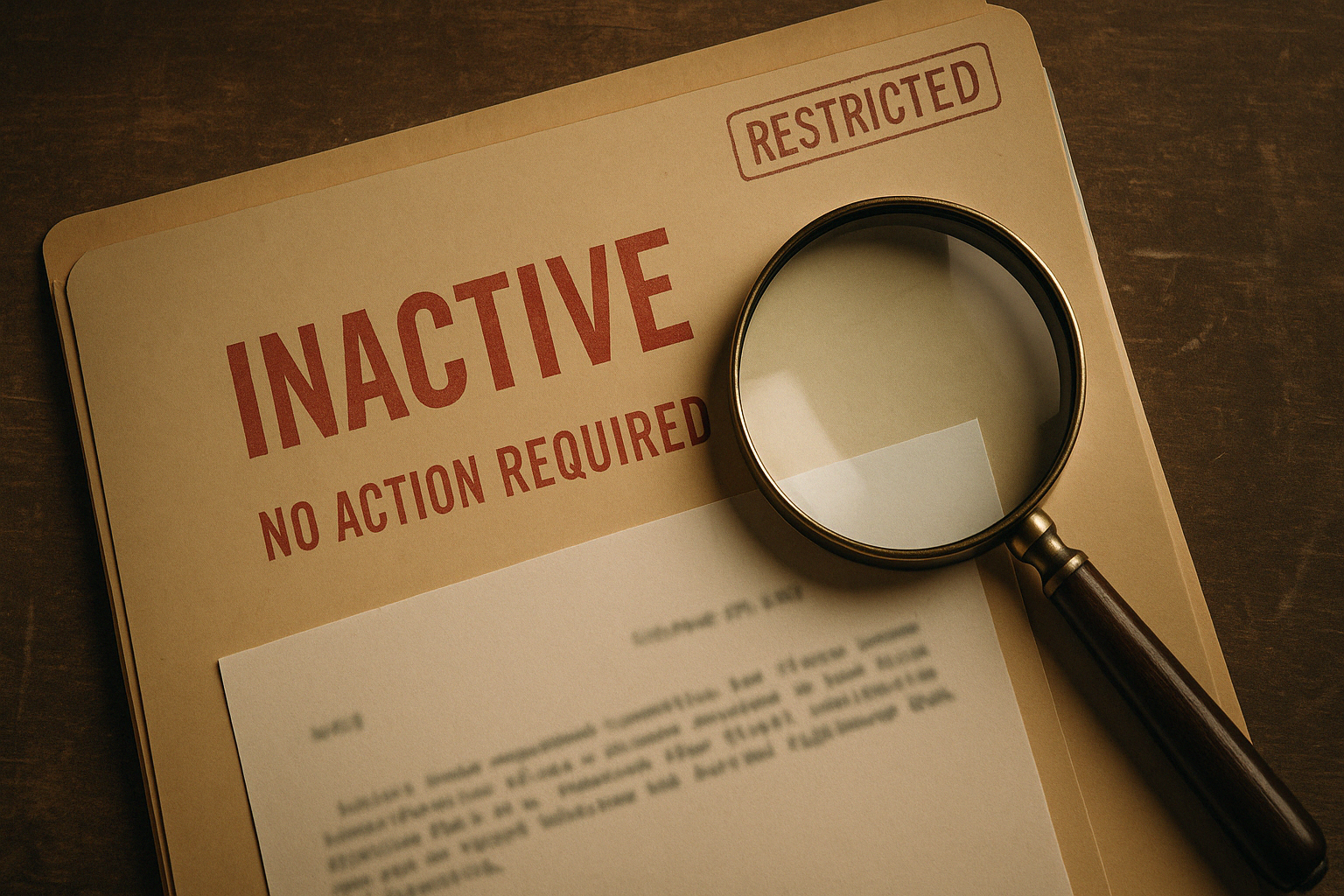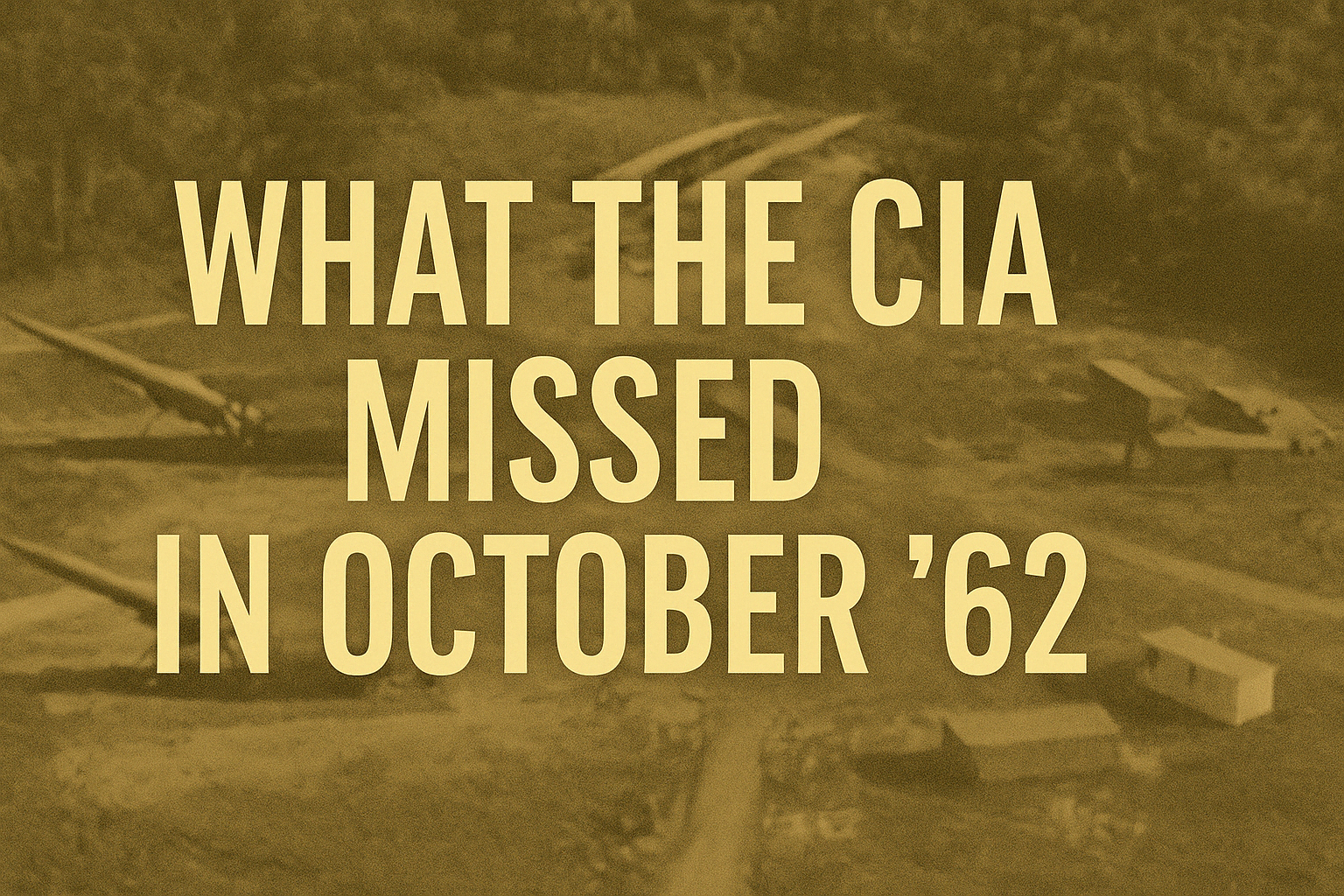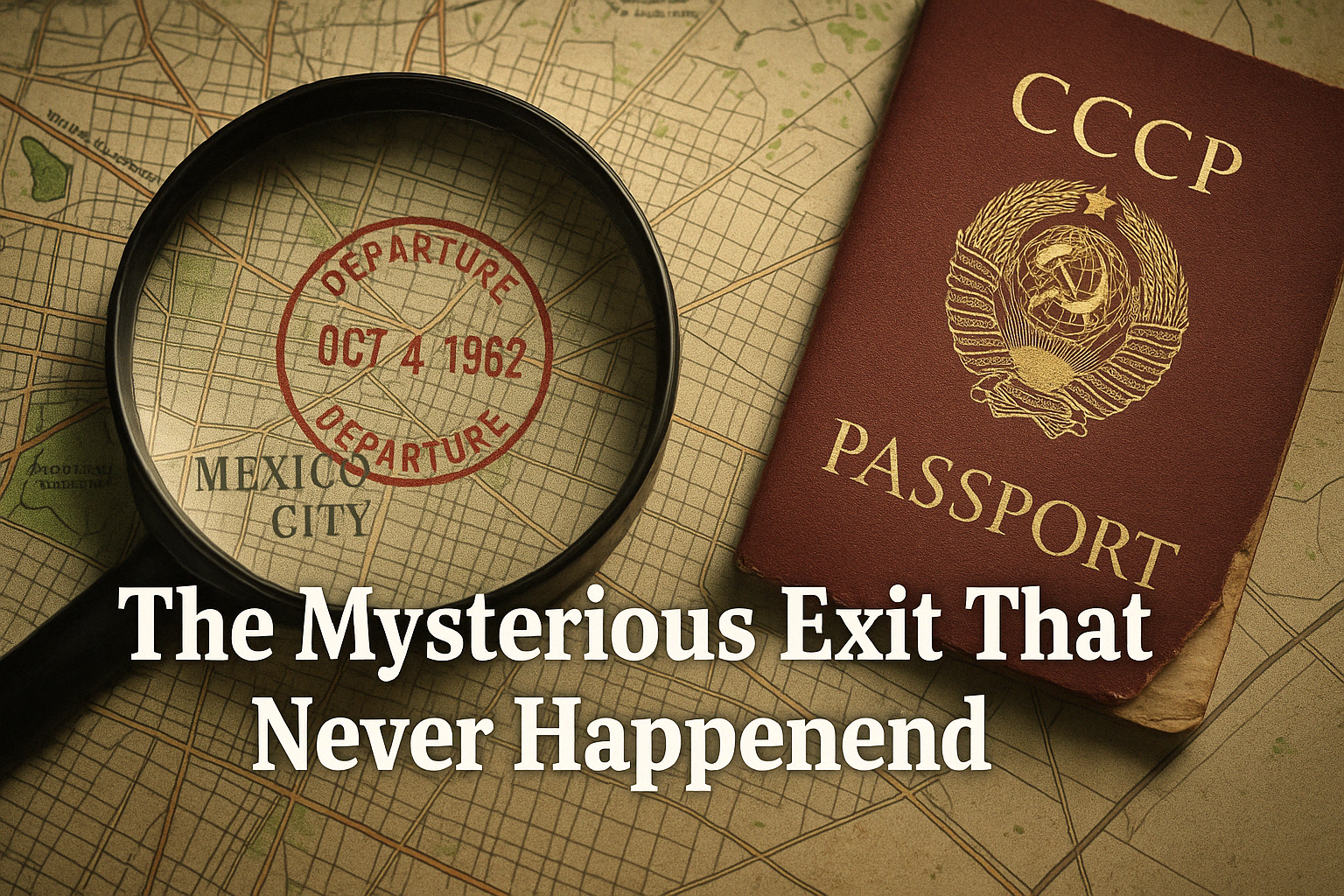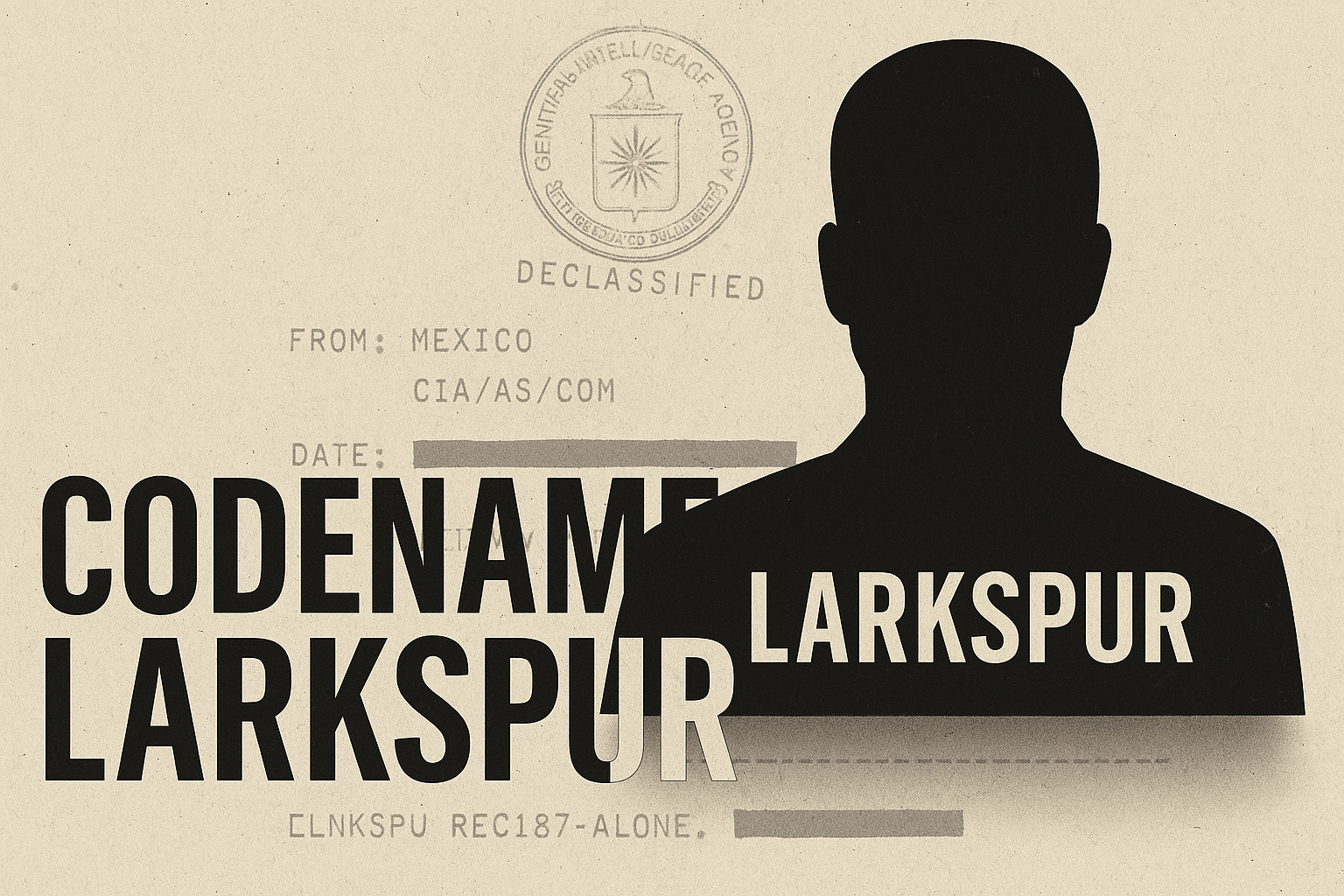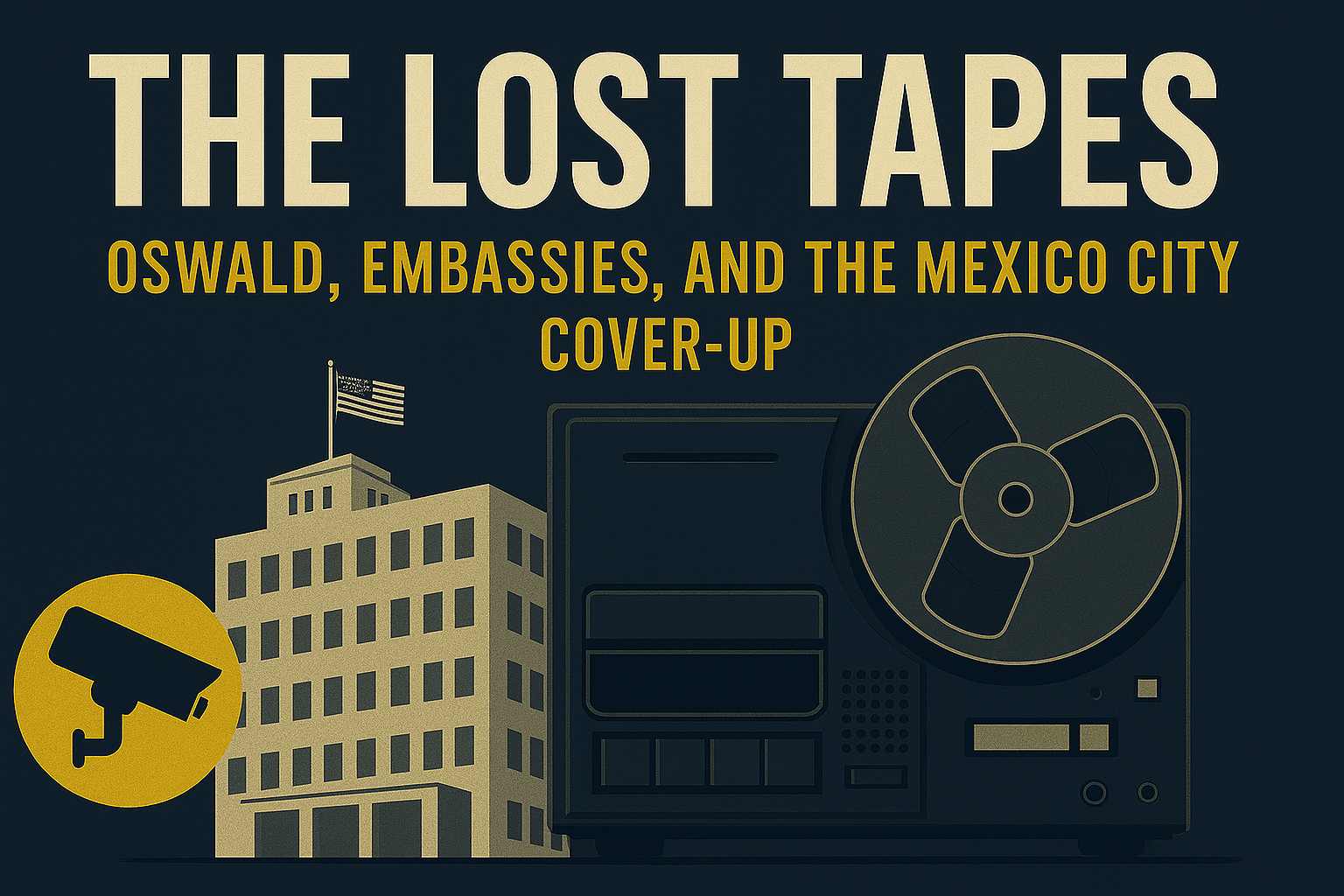In the recently released CIA memo from document 206-10001-10003, a curious Soviet national in Mexico City asked targeted questions about U.S. embassy staffing in 1962.
While the memo has no known connection to Lee Harvey Oswald, it reveals something deeper: a quiet, sustained Soviet effort to probe American diplomatic operations from the inside out, well before the events of 1963.
🕶️ The Man Who Asked the Wrong Questions at the Right Time
According to the memo, the Soviet visitor was not officially attached to the Soviet embassy.
He appeared to be traveling under cultural or academic credentials and approached a trusted CIA source with casual questions about the routine operations and security of U.S. diplomatic personnel.
“The subject was particularly interested in guard rotation and civilian vehicle access to consulate rear entrances.”
These weren’t typical tourist questions. And they weren’t asked by accident.
🧭 A City Full of Secrets
Mexico City was, by 1962, already a contested front line in the Cold War. Soviet intelligence, Cuban operatives, American handlers, and double agents routinely crisscrossed its embassies, backstreets, and hotels.
The CIA knew the city was hot-and memos like this one show just how seriously they took even small anomalies.
The Soviet man’s behavior was flagged immediately. Not for what he did, but for what it suggested: that someone, somewhere, was collecting pieces of a larger puzzle.
And they were doing it in the same city where Oswald would attempt to contact both Soviet and Cuban officials just a year later.
🗃️ Not an Isolated Incident
This wasn’t the first time embassy staff noted probing behavior by Soviet nationals. What makes this memo unusual is that it wasn’t dismissed as gossip or paranoia.
It was preserved, labeled for “contextual value”-meaning the CIA believed it could tie in with other intelligence leads in the future.
What else wasn’t shared with the Warren Commission? What other fragments were quietly stored away in files like this-pieces of a threat that was never fully mapped?
🧩 The Cold War’s Silent Clues
This isn’t a document about Oswald. It’s about atmosphere. It’s about what intelligence looked like before the dots were connected. The questions asked in 1962 may not have seemed urgent then-but history has a way of giving new weight to old conversations.
The CIA held onto this report because they understood something crucial: no question is ever truly harmless in a city like Mexico City.
🔚 Why It Still Matters
The Soviet visitor was never seen again. He asked his questions and disappeared.
No follow-up appears in the record. No name, no photo, no outcome.
But that doesn’t make the memo meaningless.
It’s a clue.
A signal.
A reminder that long before November 22, 1963, the game was already being played.
